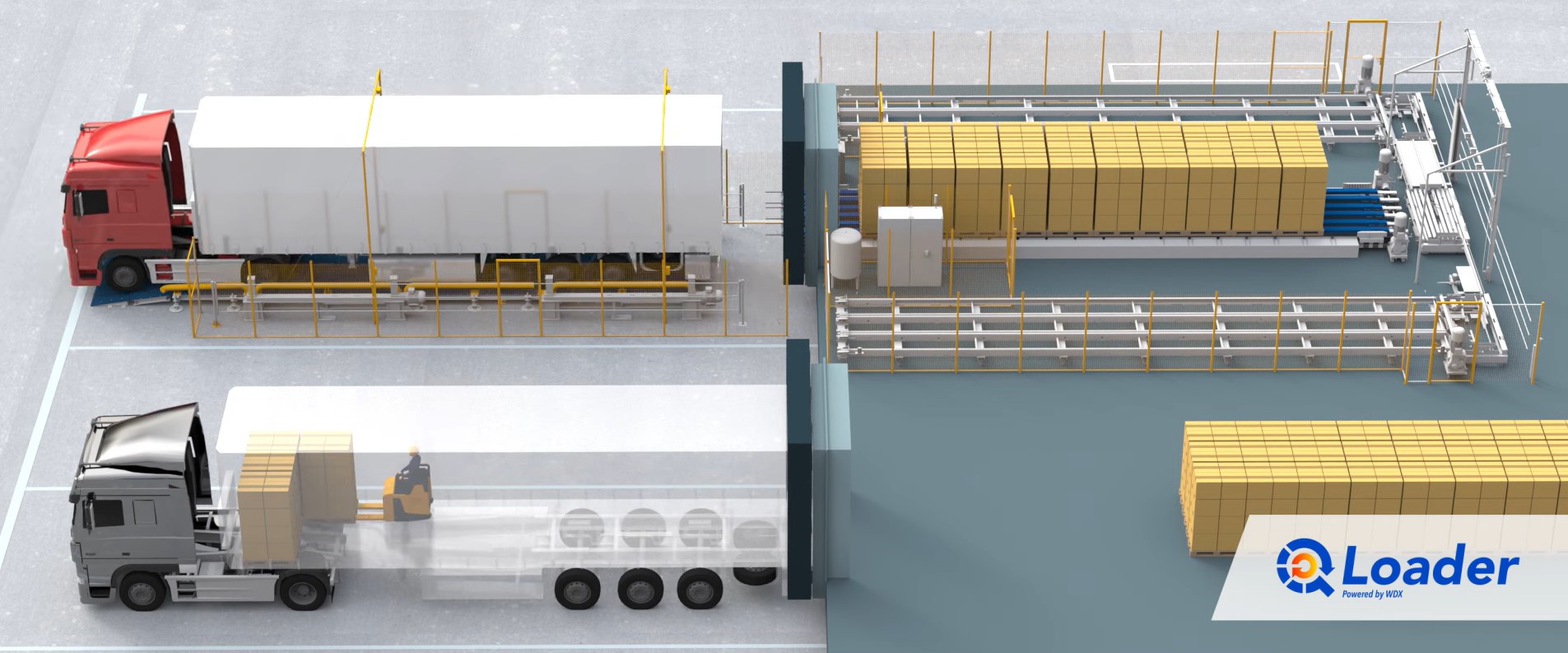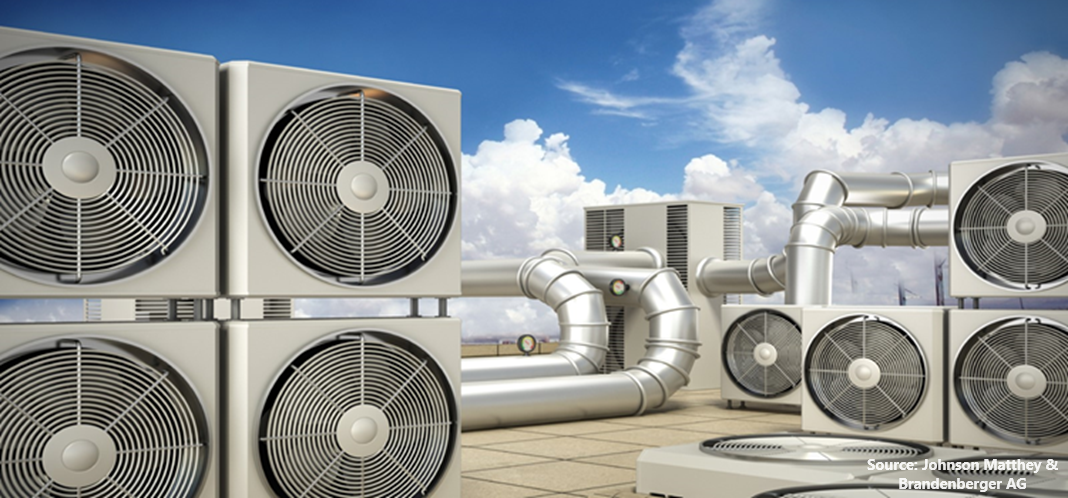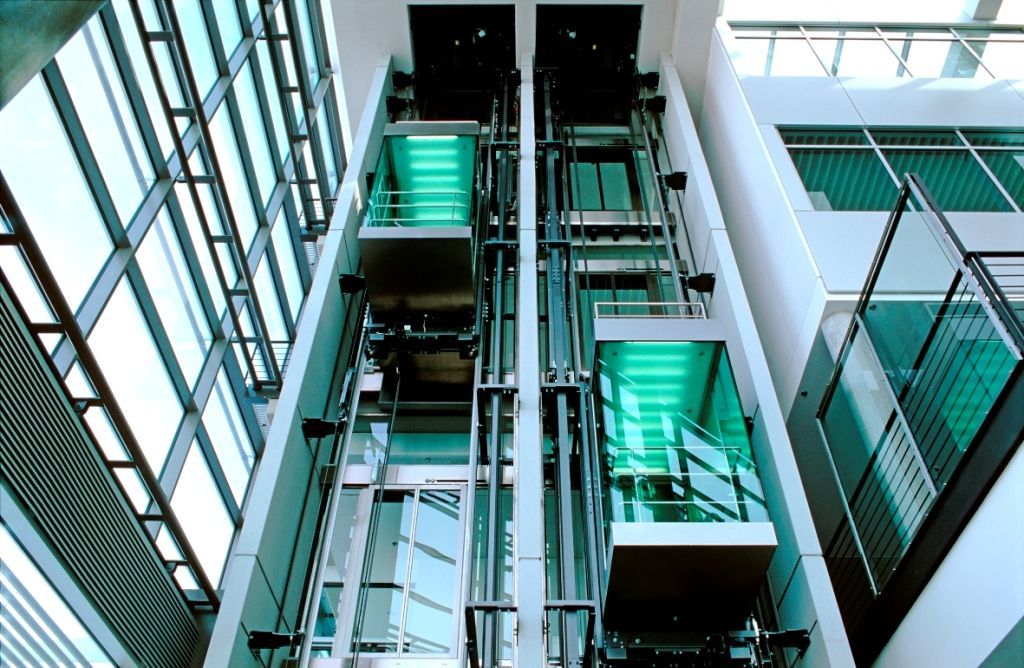
Asia-Pacific HVAC Systems Market by Equipment (Cooling Equipment, Heating Equipment, and Ventilation), by Implementation Type (New Construction and Retrofit), and by End User (Residential, Commercial, and Industrial) - Opportunity Analysis and Industry Forecast, 2024– 2030
Industry: Construction & Manufacturing | Publish Date: 18-Apr-2024 | No of Pages: 160 | No. of Tables: 118 | No. of Figures: 83 | Format: PDF | Report Code : N/A
Market Definition
The Asia-Pacific HAVC System Market size was valued at USD 90.41 billion in 2023, and is predicted to reach USD 154.45 billion by 2030, at a CAGR of 7.4% from 2024 to 2030.
HVAC (Heating, Ventilation, and Air Conditioning) refers to the technology and systems used in buildings to regulate indoor environmental conditions such as temperature, humidity, and air quality to ensure comfort and safety for occupants. Heating systems provide warmth during colder months, ventilation systems circulate and replenish indoor air, and air conditioning systems cool and dehumidify indoor air during warmer months.
HVAC systems offer several advantages, including improved occupant comfort and health, increased energy efficiency leading to cost savings, better indoor air quality through filtration and ventilation, precise temperature control for enhanced productivity in commercial settings, and protection of building infrastructure from extreme weather conditions. Additionally, these systems can be designed to meet specific requirements, contributing to sustainability goals by reducing carbon emissions and promoting eco-friendly practices in building operations.
Increasing Energy-Saving Regulations Drives the HVAC System Market
The implementation of residential energy-saving regulations drives the HVAC system market. These regulations drive the HVAC system market by requiring more energy-efficient systems than before and prompting manufacturers to develop and produce HVAC units that comply with these standards.
Consequently, consumers are inclined to invest in more efficient HVAC systems to meet regulatory requirements and reduce energy bills. Additionally, these regulations raise awareness among homeowners about the benefits of energy-efficient HVAC systems, leading to a higher demand for such products.
This increased consumer awareness drives manufacturers to innovate and offer a wider range of efficient products to meet the growing market needs. This, in turn, further fuels the demand for energy-efficient HVAC systems.
Growing Demand for Improved Indoor and Outdoor Air Quality Drive the HVAC System Market
The growing demand for improved indoor and outdoor air quality drives the HVAC system market. The increasing awareness regarding the importance of air quality is compelling both residential and commercial property owners to invest in HVAC systems that can effectively filter and purify indoor air while minimizing outdoor emissions.
As a result, there is a rising demand for advanced HVAC systems equipped with modern filtration technologies, such as HEPA filters and UV-C light sterilization that can eliminate pollutants, allergens, and pathogens from indoor air. This trend is driving HVAC manufacturers to innovate and develop new solutions that prioritize air quality improvement, thereby fueling the growth of the HVAC system market.
Regulatory Compliance Associated with HVAC Systems Impede the Market Expansion
Regulatory compliance poses a significant obstacle to the growth of the HVAC industry. This involves adhering to a multitude of laws, regulations, and standards set forth by governmental bodies and industry organizations.
These regulations cover various aspects including energy efficiency, emissions, refrigerants, and building codes. Compliance with such regulations requires substantial investments in research, development, and technology to ensure that products and services meet the prescribed standards.
However, for smaller companies or those with limited resources, navigating this intricate regulatory landscape can be particularly daunting, potentially hindering their market entry or expansion. Moreover, compliance efforts often divert resources away from innovation and product development, as companies prioritize meeting regulatory requirements over investing in new technologies or enhancing existing ones.
Consequently, regulatory compliance acts as a restraint on the growth and development of the HVAC market, imposing additional costs and complexities on industry players and impeding their ability to fully capitalize on market opportunities.
Integration of Solar-Powered HVAC Systems Creates Opportunity Growth for the Market
Solar-powered HVAC systems, utilizing photovoltaic technology to harness solar energy for heating, ventilation, and air conditioning operations, offer a promising avenue for market expansion within the HVAC industry.
These systems, installed with solar panels atop rooftops or designated areas, significantly reduce reliance on grid electricity, leading to substantial energy cost savings for consumers. With advancements in solar panel efficiency, energy storage, and system integration, solar-powered HVAC solutions are becoming increasingly feasible and economically viable.
Moreover, by reducing carbon emissions and promoting sustainability, these systems align with growing environmental concerns and regulatory initiatives worldwide, further driving market demand. As businesses and homeowners seek energy-efficient and environmentally friendly alternatives, the adoption of solar-powered HVAC systems presents a compelling opportunity for market growth, fostering innovation and investment in renewable energy technologies within the HVAC sector.
China Holds the Dominant Market Share in Asia-Pacific HVAC System Market
Urbanization and construction trends are pivotal drivers of growth in the HVAC industry. As urban populations swell, the demand for residential, commercial, and industrial buildings escalates, necessitating the installation of HVAC systems in diverse structures such as apartments, office complexes, shopping centers, and factories.
Concurrently, construction practices are evolving, with a marked emphasis on sustainability and energy efficiency. Green building initiatives, propelled by government mandates and environmental concerns, dictate stringent standards for HVAC systems in new constructions, fostering a market for eco-friendly solutions.
Furthermore, the trend towards renovating and retrofitting existing buildings amplifies the need for HVAC upgrades, aligning with modern energy-saving technologies. Technological integration, seen through the amalgamation of HVAC systems with building automation and smart technology, enhances overall building performance and energy efficiency.
This synergy of urbanization, sustainable construction, and technological advancement underscores the pivotal role played by urbanization and construction trends in propelling the growth of the HVAC industry. The growing demand for improved indoor and outdoor air quality drives the HVAC system market. The increasing awareness regarding the importance of air quality is compelling both residential and commercial property owners to invest in HVAC systems that can effectively filter and purify indoor air while minimizing outdoor emissions.
As a result, there is a rising demand for advanced HVAC systems equipped with modern filtration technologies, such as HEPA filters and UV-C light sterilization that can eliminate pollutants, allergens, and pathogens from indoor air. This trend is driving HVAC manufacturers to innovate and develop new solutions that prioritize air quality improvement, thereby fueling the growth of the HVAC system market.
India to Witness Substantial Growth in the Asia-Pacific HVAC System Market
The implementation of residential energy-saving regulations drives the HVAC system market. These regulations drive the HVAC system market by requiring more energy-efficient systems than before and prompting manufacturers to develop and produce HVAC units that comply with these standards.
Consequently, consumers are inclined to invest in more efficient HVAC systems to meet regulatory requirements and reduce energy bills. Additionally, these regulations raise awareness among homeowners about the benefits of energy-efficient HVAC systems, leading to a higher demand for such products.
This increased consumer awareness drives manufacturers to innovate and offer a wider range of efficient products to meet the growing market needs. This, in turn, further fuels the demand for energy-efficient HVAC systems.
Environmental concerns play a pivotal role in driving growth within the HVAC systems industry. With increased awareness of issues such as climate change, air pollution, and ozone depletion, there's mounting pressure for sustainable practices and regulations. Governments worldwide enforce mandates to reduce the environmental impact of HVAC systems, leading to the development and adoption of eco-friendly technologies.
Manufacturers invest in research and development to create systems using alternative refrigerants with lower global warming potential and enhance energy efficiency. Consumer demand for energy-efficient solutions aligns with regulatory goals, stimulating the market for high-efficiency HVAC equipment.
Moreover, the emphasis on indoor air quality (IAQ) fosters innovation in filtration, ventilation, and purification technologies. This concerted effort towards sustainability not only addresses environmental concerns but also drives market growth by meeting the evolving needs of stakeholders while creating healthier indoor environments.
Competitive Landscape
The market players operating in the Asia-Pacific HVAC System market include Midea Group Co Ltd, Daikin Industries Ltd., Gree Electric Appliances Inc., Johnson Controls International Plc., Carrier Global Corporation, Samsung Electronics Co., Ltd., Trane Technologies Plc., LG Electronics Inc., Panasonic Holdings Corporation, Lennox International Inc. and others.
Asia-Pacific HVAC System Market Key Segments
By Equipment
-
Cooling Equipment
-
Unitary Air Conditioners
-
Variable Refrigerant Flow Systems (VRF)
-
Chillers
-
Room Air Conditioners
-
Coolers
-
Cooling Towers
-
-
Heating Equipment
-
Heat Pumps
-
Furnaces
-
Unitary Heaters
-
Boilers
-
-
Ventilation
-
Air-handling Units (AHUs)
-
Air Filtration Systems
-
Ventilation Fans
-
HRVs & ERVs
-
Air Purification Systems
-
Others
-
By Implementation Type
-
New Construction
-
Retrofit
By End User
-
Residential
-
Commercial
-
Industrial
By Country
-
China
-
India
-
Japan
-
South Korea
-
Australia
-
Indonesia
-
Singapore
-
Taiwan
-
Thailand
-
Rest of Asia Pacific
REPORT SCOPE AND SEGMENTATION:
|
Parameters |
Details |
|
Market Size in 2023 |
USD 90.41 Billion |
|
Revenue Forecast in 2030 |
USD 154.45 Billion |
|
Growth Rate |
CAGR of 7.4% from 2024 to 2030 |
|
Analysis Period |
2023–2030 |
|
Base Year Considered |
2023 |
|
Forecast Period |
2024–2030 |
|
Market Size Estimation |
Billion (USD) |
|
Growth Factors |
|
|
Countries Covered |
10 |
|
Companies Profiled |
10 |
|
Market Share |
Available for 10 companies |
|
Customization Scope |
Free customization (equivalent up to 80 working hours of analysts) after purchase. Addition or alteration to country, regional, and segment scope. |
|
Pricing and Purchase Options |
Avail customized purchase options to meet your exact research needs. |
KEY PLAYERS
-
Midea Group Co Ltd.
-
Daikin Industries Ltd.
-
Gree Electric Appliances Inc.
-
Johnson Controls International Plc.
-
Carrier Global Corporation
-
Samsung Electronics Co., Ltd.
-
Trane Technologies Plc.
-
LG Electronics Inc.
-
Panasonic Holdings Corporation
-
Lennox International Inc.




 Speak to Our Analyst
Speak to Our Analyst


































